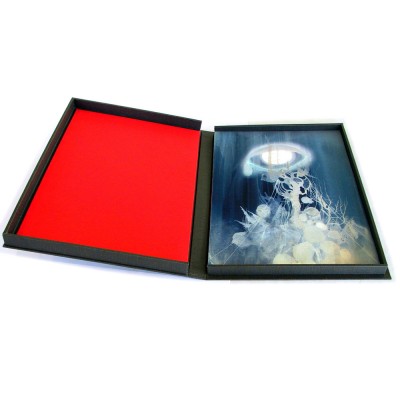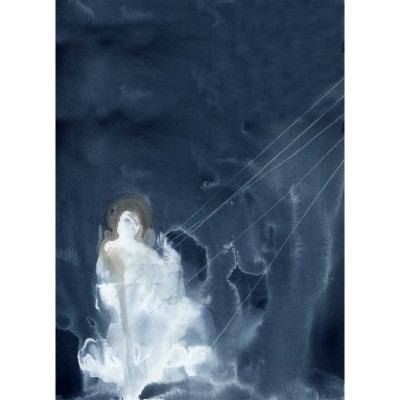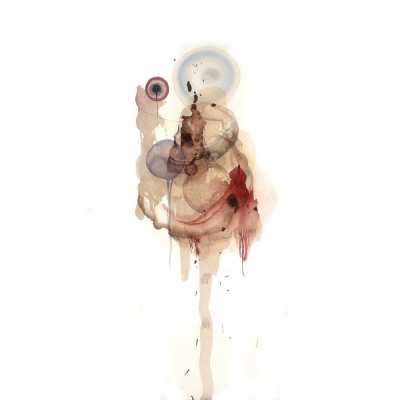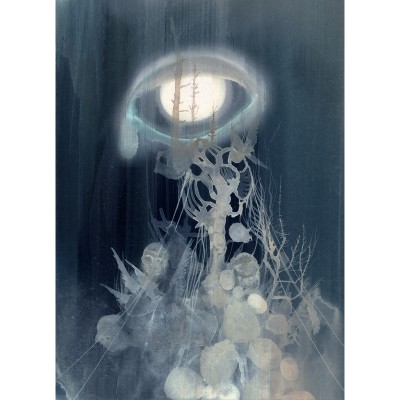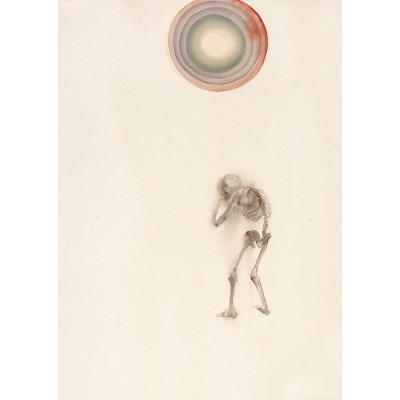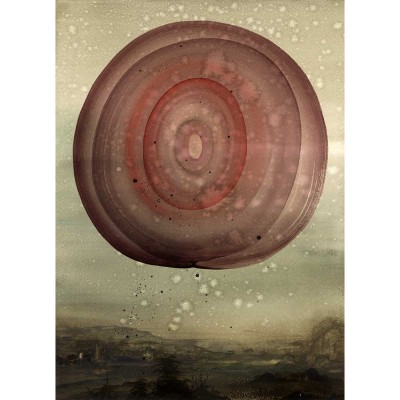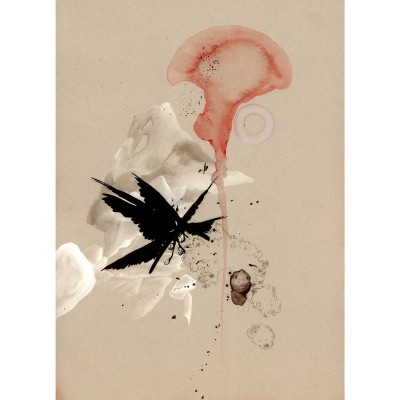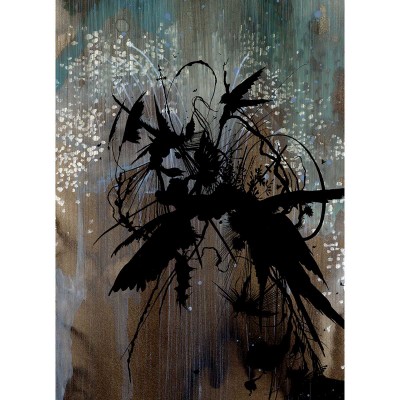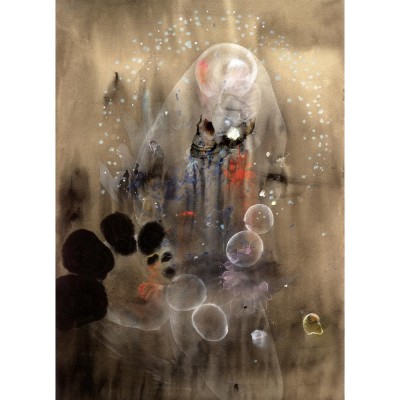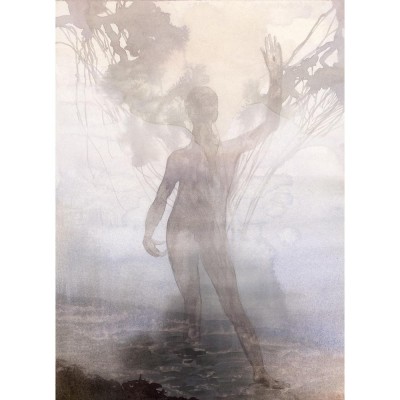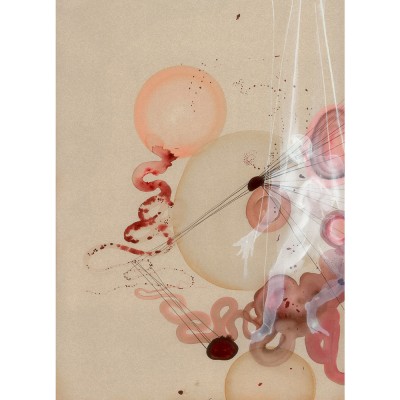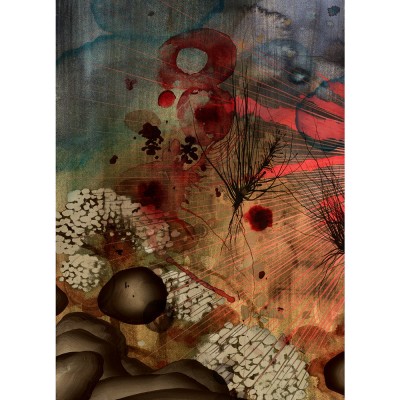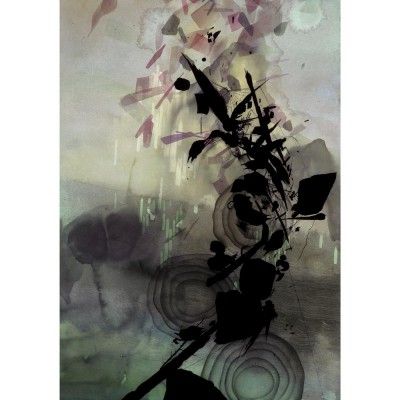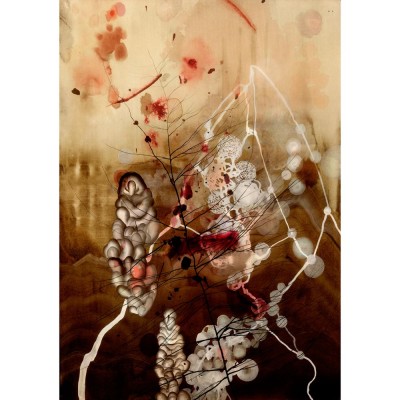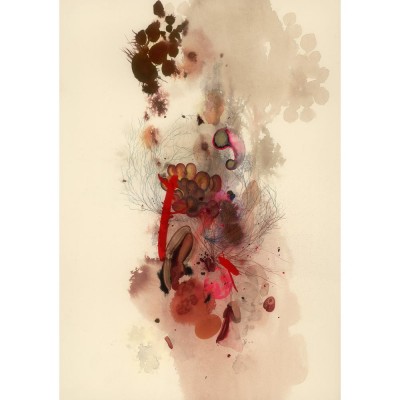The Flowering The Fourfold Sense
Darren Waterston
2007
18 x 13 inches
Hand-printed and letterpress elements on Hahnemuhle 310gsm paper
Edition of 40
INQUIRE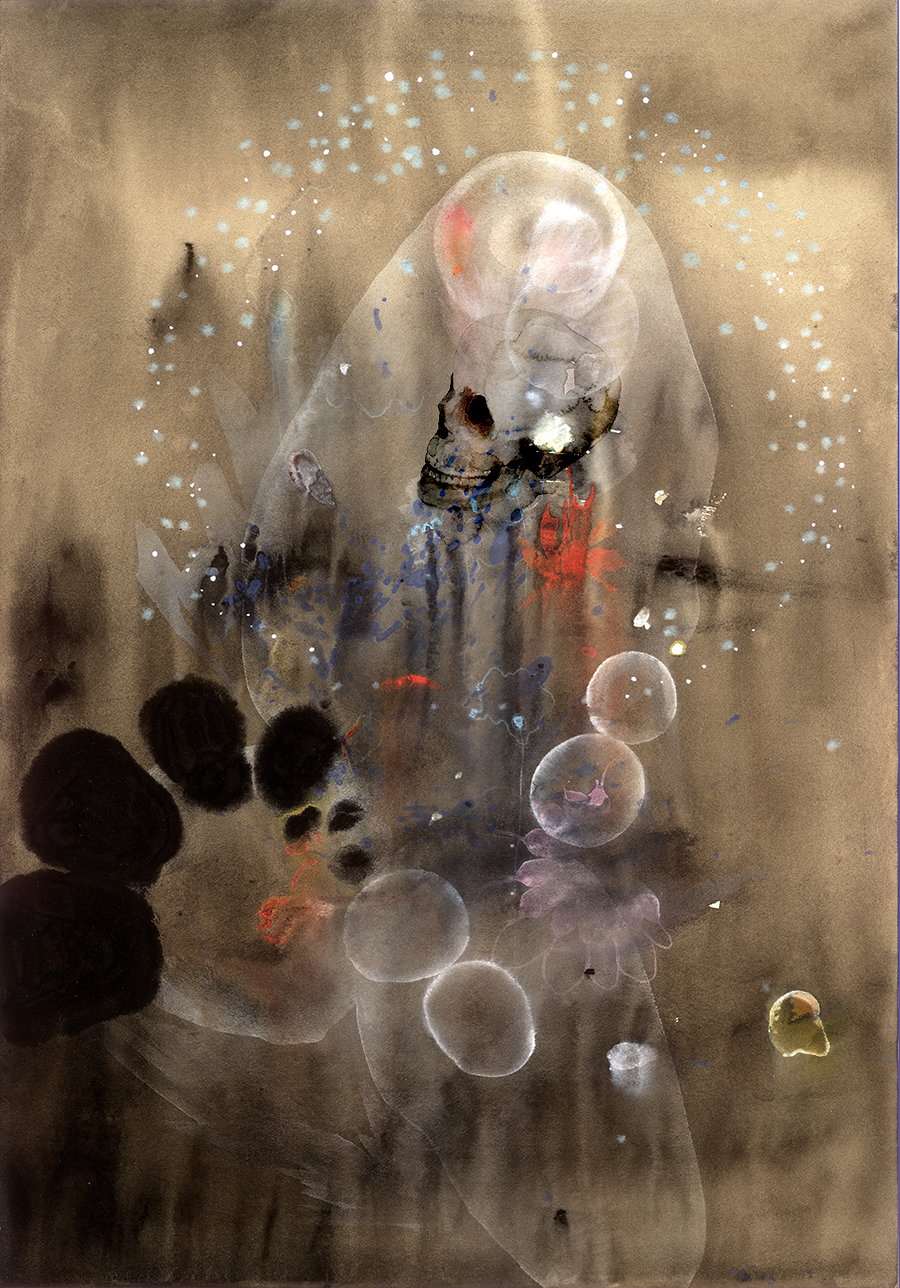



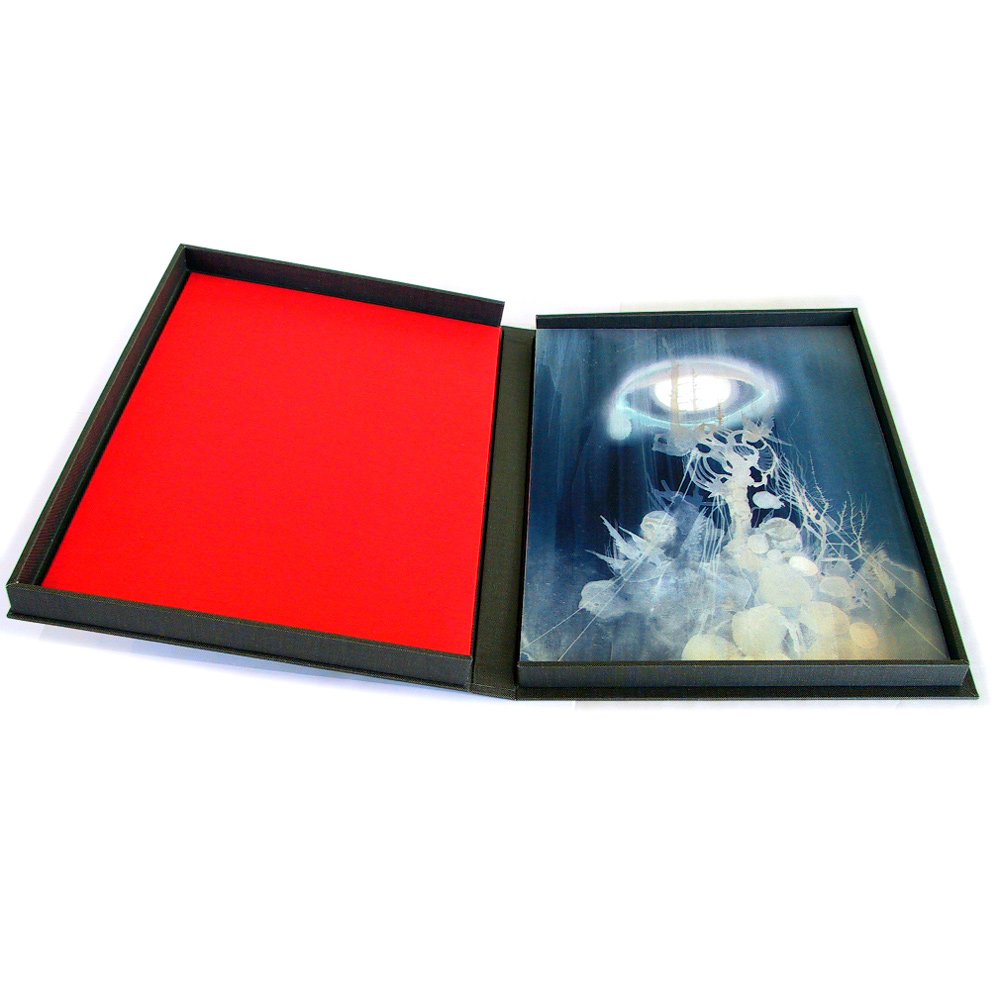
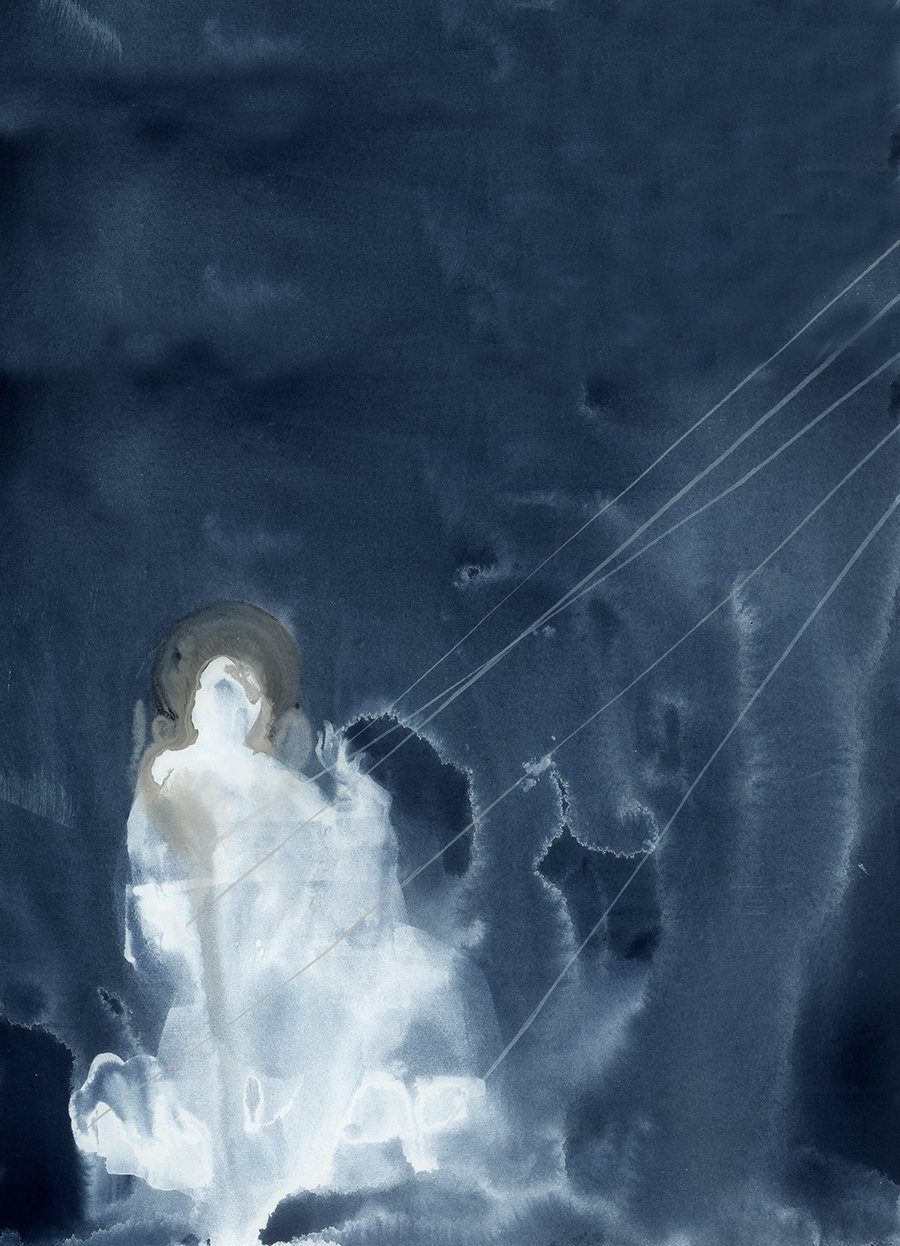
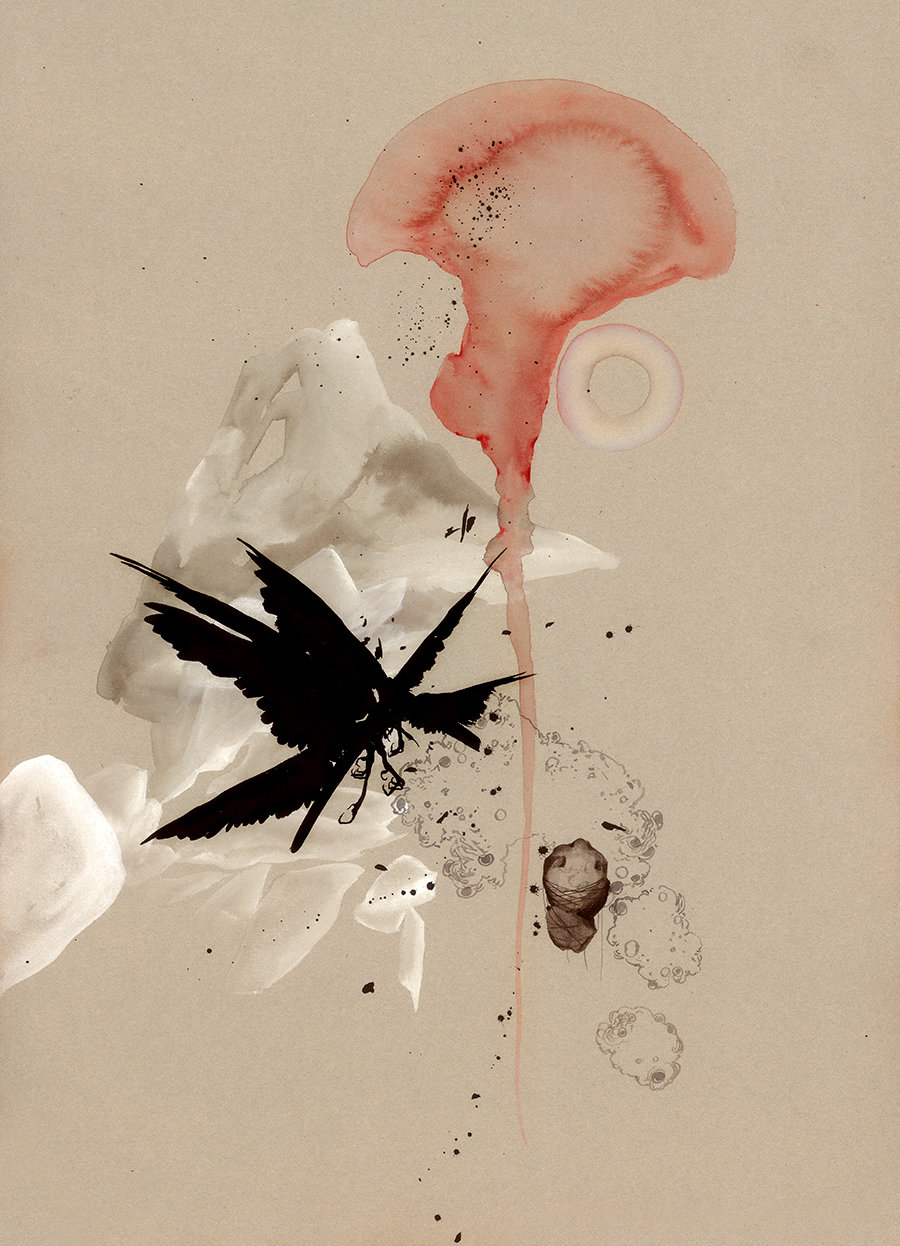
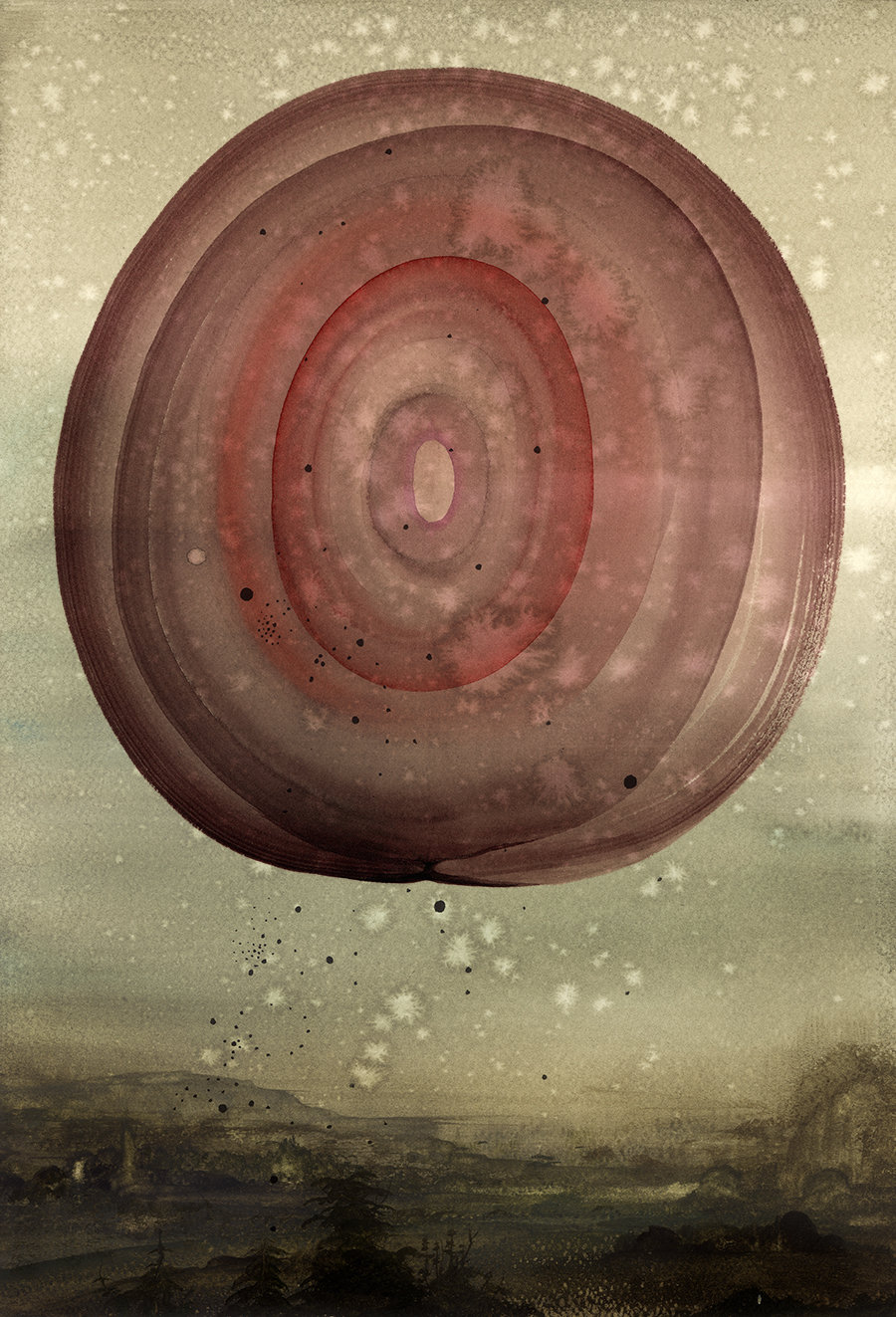


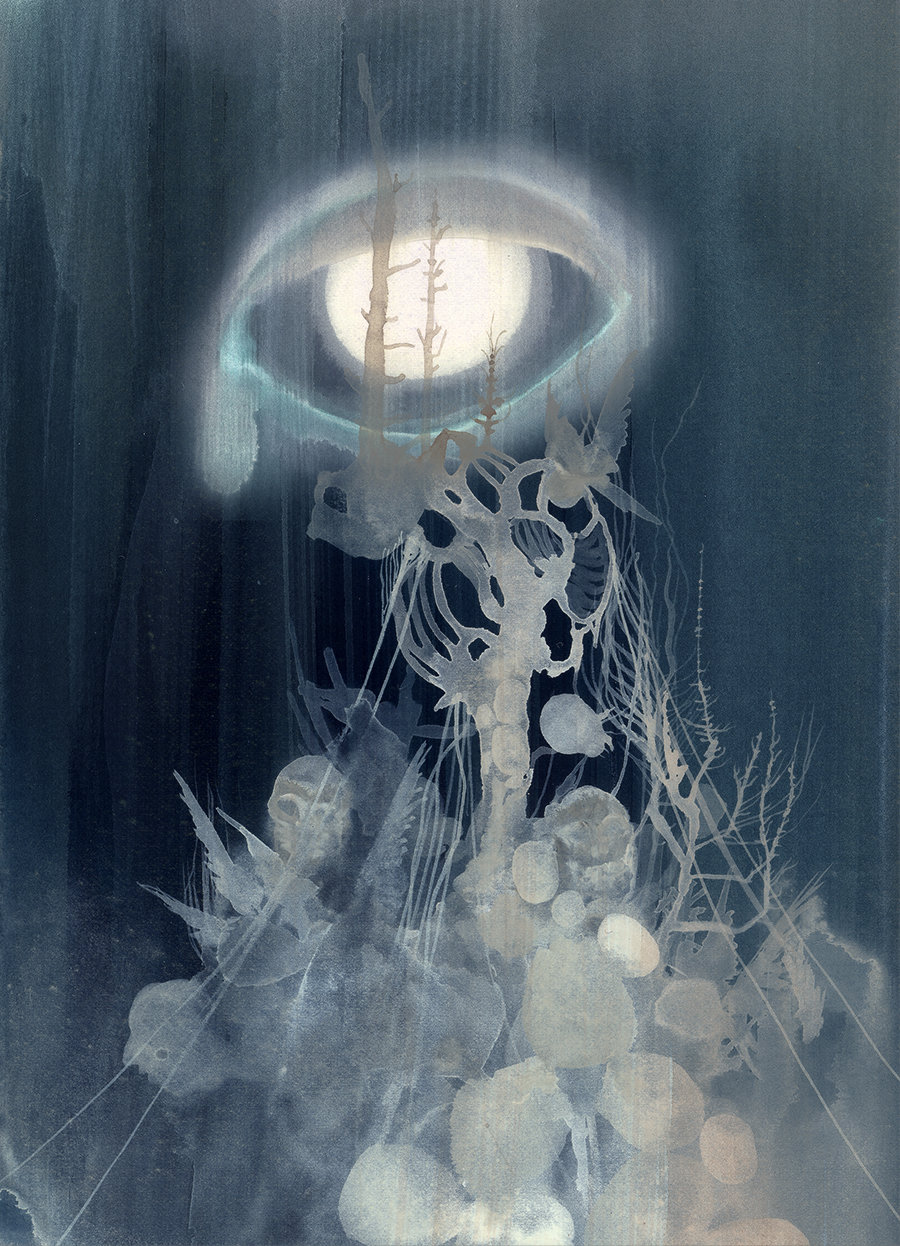
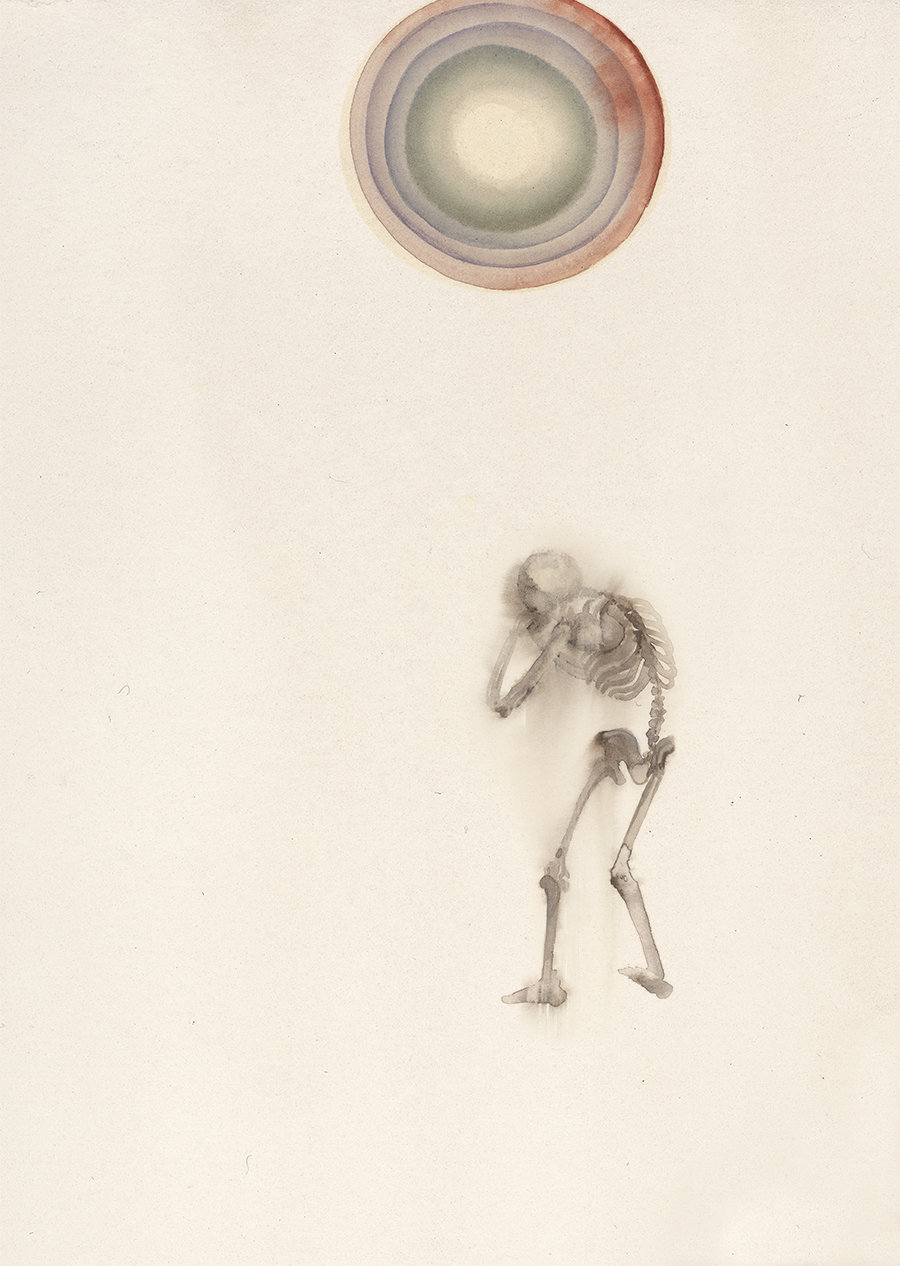

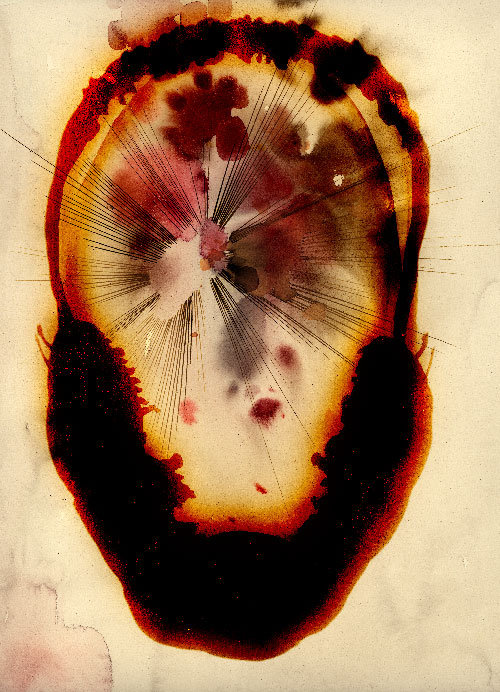
The Flowering (The Fourfold Sense)
Darren Waterston, in collaboration with Gallery 16 Editions, presents The Flowering (The Fourfold Sense), a unique portfolio consisting of thirteen original prints by Waterston, accompanied by original texts by Tyrus Miller, exploring the senses and bodily experiences of Saint Francis of Assisi. Created using a myriad of traditional and contemporary print-forms involving etching, chine colle, relief printing and digital pigment printing, while the accompanying texts were produced in letterpress broadsides. Limited to an edition of forty, each suite of prints and broadsides are contained in an exquisite handmade cloth covered clamshell portfolio case made by John DeMerritt. The Flowering will be produced in conjunction with Bay of the Weepers, a cycle of twenty-six large-scale panel paintings examining the connections between Saint Francis of Assisi and the history of the city of San Francisco.
“The Flowering,” alludes to the Fioretti, the “little flowers,” which itself picks up on the floriligium anthology genre of late antiquity. We have gathered in this portfolio a bouquet of new, fictive blooms of Francis’s legend, transplanted in the soil of twenty-first century art and poetry. “The fourfold sense” alludes both to the bodily senses of the saint and to the medieval practice of multilayered interpretation, which could elicit literal, historical, moral, and inner spiritual meanings from any passage of text, image, or event.
The watercolors and texts in this portfolio explore the senses and bodily experiences of one historical figure, Saint Francis of Assisi, who lived in a late medieval world of the senses seemingly very different from our own. Moreover, Francis’s spiritualized relation to the body—ranging from his appreciative sense of the lowly world of animals and of the poor and sick, to his extreme humiliation and chastening of the body—is a strange combination of attractions and repulsions for present-day sensibilities. Yet in his activist pursuit of sainthood and a new utopian brotherhood rooted in renunciation of the given world, Francis was a sort of thirteenth-century avant-gardist of the senses, as well as a masterful orchestrator of public spectacle. Though divergent in his point of departure and in the thematic content of his program, his organizational and proselytizing activities were not, in the end, so very different from the scandalous, often incomprehensible array of sensory experiences that we find in the utopian, life-transforming artworks of early twentieth-century Futurism, Dadaism, or Constructivism, or in the bewildering world of global, technologized art in the present day.
The watercolors and texts of this portfolio assemble, in their accumulation and in the interplay of word and image, a network of focused, singular experiences rooted in the body and senses of the medieval saint.














